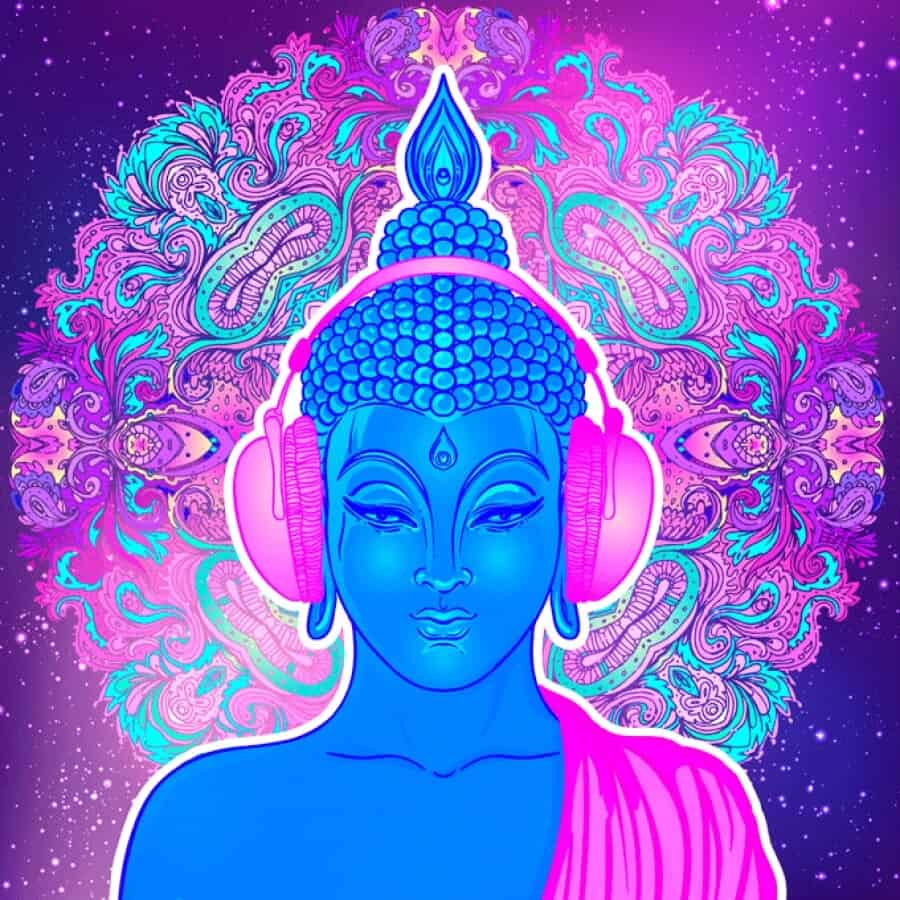This article will take you to India, particularly to the state of Goa, which has given its name to the genre of music that will be described in today's article.
But before we get directly to the point, we would like to offer you a brief historical insight. For almost 450 years, from 1510 until 1961, Goa was a Portuguese colony, and this is the reason why the European influence on this territory was so significant. Goa is distinguished by a number of features which made it stand out from the rest of India.
Hippies started to flock to Goa in the mid-‘60s, a few years after the Indian Army brought the old Portuguese colony under Indian rule. The adherents of the “subculture of peace and kindness” were attracted by the beauty of nature as well as Goa’s low prices and the amiability of its people. It became the place where they organized meetings and small local festivals.
Rock’n’roll (Jimmy Hendrix, The Doors, Led Zeppelin, Pink Floyd) was the dominant genre up until the mid-‘80s, after which everything changed. Two French DJs, Laurent and Fred Disco, started a real musical revolution.
Having tired of the preponderance of rock music, they began to experiment with the electronic sounds in their music sets, used unusual samples, and tried their hand at creating re-mixes of new wave and synthpop songs that were popular back then. By 1985, electronic music had become the most popular form of music among the inhabitants of Goa.
In the ‘90s, music from Goa began its triumphant march around the world, partly because the Indian authorities exerted pressure on the facilitators and participants of music festivals because of numerous issues including drug abuse and public nuisance (above all, the music was too loud). The musicians went back to their native countries and began to popularize the new style of music.
It was also the time when two events happened that had an immense effect on this particular genre of music. In 1996, it changed its name from “Goa trance” to “Psytrance”, which signified that the style had gone beyond its geographical origins and had decisively incorporated psychedelic and shamanic sound into its music. The genre got a firm toehold in Israel, which became its second homeland and produced an enormous number of prominent musicians. Since that time, the genre has undergone many local metamorphoses and has even begotten a few subgenres, but the standing of “Goa trance” as a separate style has definitively ended.
Infected Mushrooms – “Converting Vegetarians” (2003)
Perhaps this is the most famous band of this genre and concurrently the greatest representative of the Israeli wave of trance music. Currently, the band’s members have departed from its classical psy sound and now prefer to experiment. However, the early albums are still considered as classic and iconic pieces of electronic music.
Juno Reactor – “Labyrinth” (2004)
This band is famous for using a wide variety of ethnic and live instruments in the process of music making. Besides, “Labyrinth” is well known to all movie enthusiasts because of its participation in creating the soundtrack for Matrix.
Electric Universe – “One Love” (1995)
The musical band from Hamburg came into the spotlight after they released a debut album called “Er”, which became popular on dance floors around the world. Almost all of this band’s works are inspired by the atmosphere of space and science fiction.
Man with No Name – “Moment of Truth” (1996)
A musical project created by the British DJ Martin Freeland, who started his career in techno but in the early ‘90s made a transition to psytrance. He, as well as many other representatives of this genre, including the above-mentioned Electric Universe, draws inspiration from the aesthetics of space and science fiction, which is very noticeable in the names of his songs and albums.
Astral Projection – “Trust in Trance” Vol. 2
Another Israeli band that started in the underground but achieved success in the mid-‘90s.
Photo: Shutterstock
Support us!
All your donations will be used to pay the magazine’s journalists and to support the ongoing costs of maintaining the site.
Share this post
Interested in co-operating with us?
We are open to co-operation from writers and businesses alike. You can reach us on our email at cooperations@youthtimemag.com/magazine@youthtimemag.com and we will get back to you as quick as we can.









